House Leveling for Structural Stability
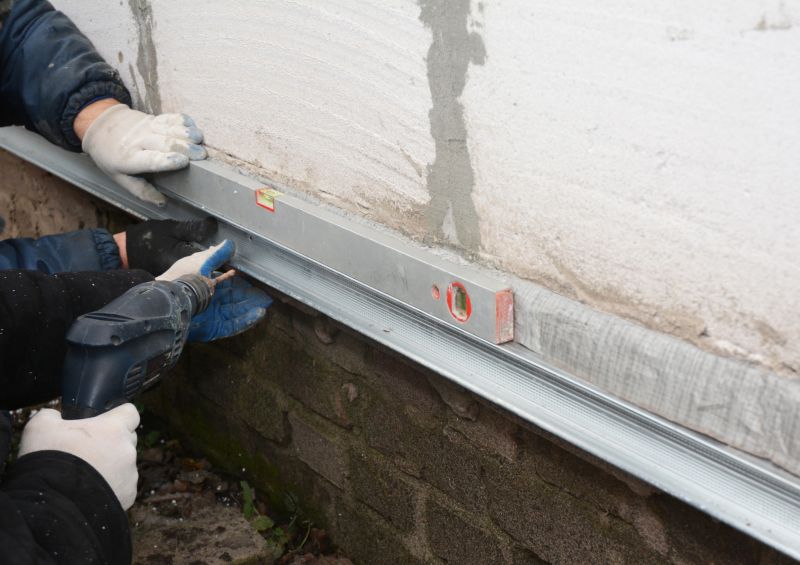
Spring offers moderate temperatures and stable ground conditions, making it ideal for house leveling projects.

This period provides dry weather, reducing delays caused by rain, and allows for proper curing of foundation adjustments.
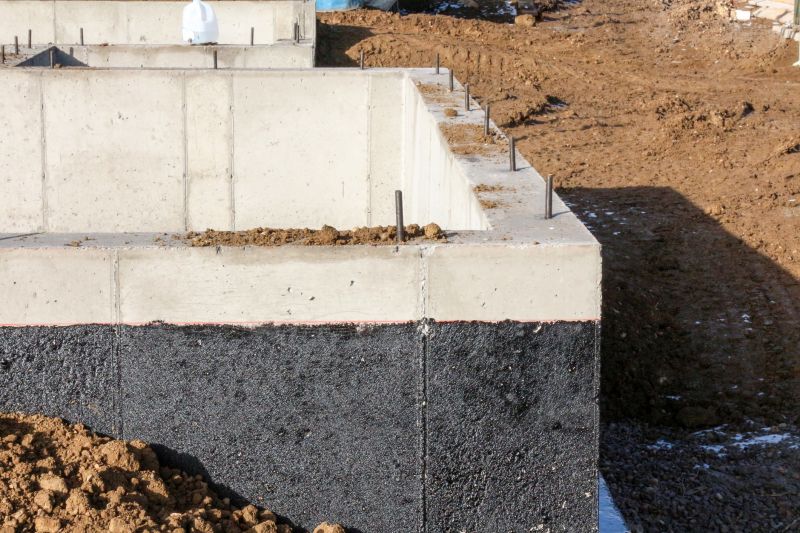
Extreme cold and wet conditions can hinder foundation work and increase risks, making winter unsuitable for house levelings.

Ways to make House Levelings work in tight or awkward layouts.
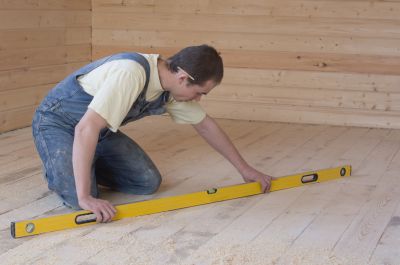
Popular materials for House Levelings and why they hold up over time.
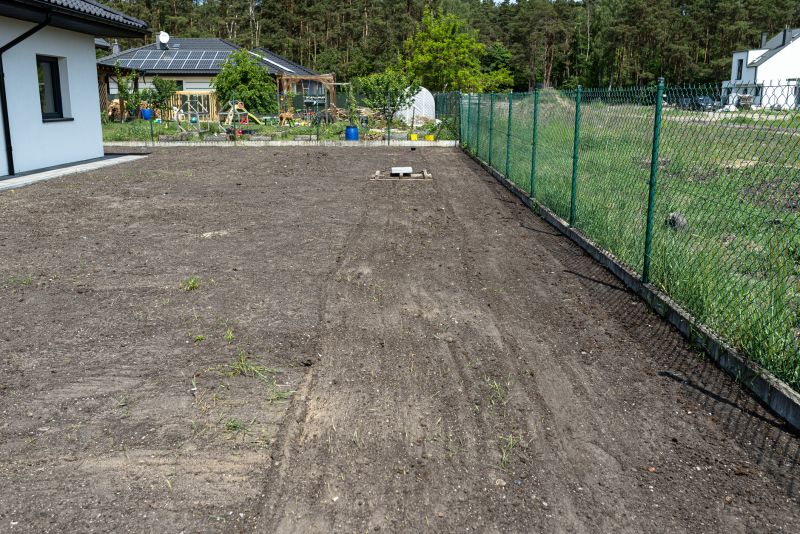
Simple add-ons that improve House Levelings without blowing the budget.
House levelings involve adjusting and stabilizing a building's foundation to ensure structural integrity and safety. Over time, soil movement, settling, or environmental factors can cause unevenness, leading to potential damage or safety concerns. Proper timing of house leveling can prevent further issues and extend the lifespan of a property. The process typically includes assessing the foundation, identifying the causes of unevenness, and applying appropriate leveling techniques.
Statistics indicate that foundation problems are among the most common causes of structural damage in residential buildings. Addressing these issues early through timely house levelings can reduce repair costs and mitigate safety risks. Seasonal conditions significantly influence the success of the procedure, with optimal periods offering better soil stability and weather conditions for effective work.

Various methods, such as piering and mudjacking, are used to restore levelness based on soil and foundation conditions.

Soil stabilization can prevent future settling and unevenness, improving long-term foundation performance.
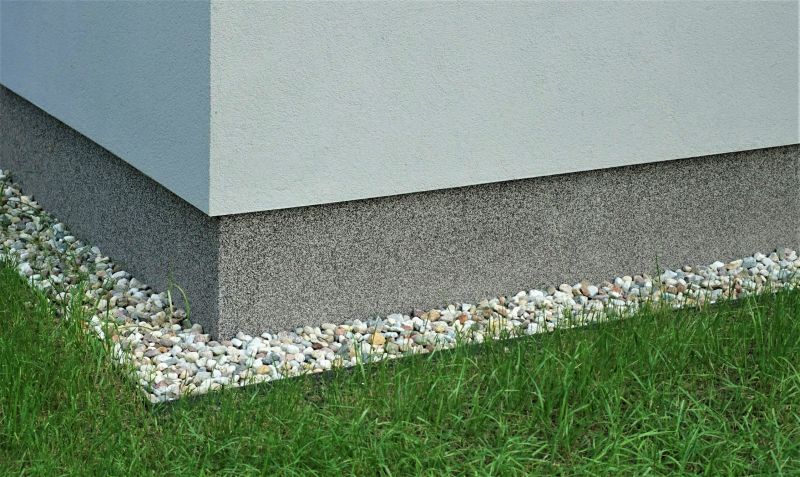
Good drainage around a property reduces soil movement and foundation shifting.

Cracks in walls, uneven floors, and sticking doors are common indicators of foundation issues.
| Season | Ideal Conditions |
|---|---|
| Spring | Moderate temperatures, stable soil |
| Late Summer/Early Fall | Dry weather, low rainfall |
| Avoid | Winter and heavy rain periods |
| Optimal | Dry, mild temperatures |
| Poor Timing | Freezing temperatures, excessive moisture |
High-end options that actually feel worth it for House Levelings.
Finishes and colors that play nicely with House Levelings.
Little measurements that prevent headaches on House Levelings day.



